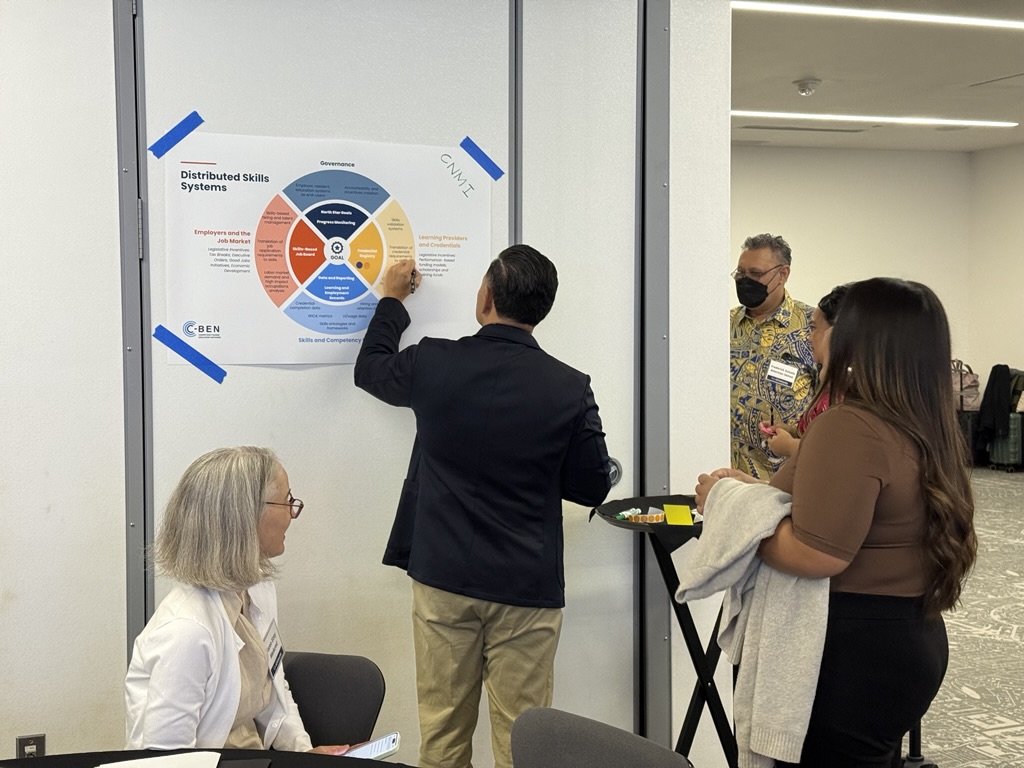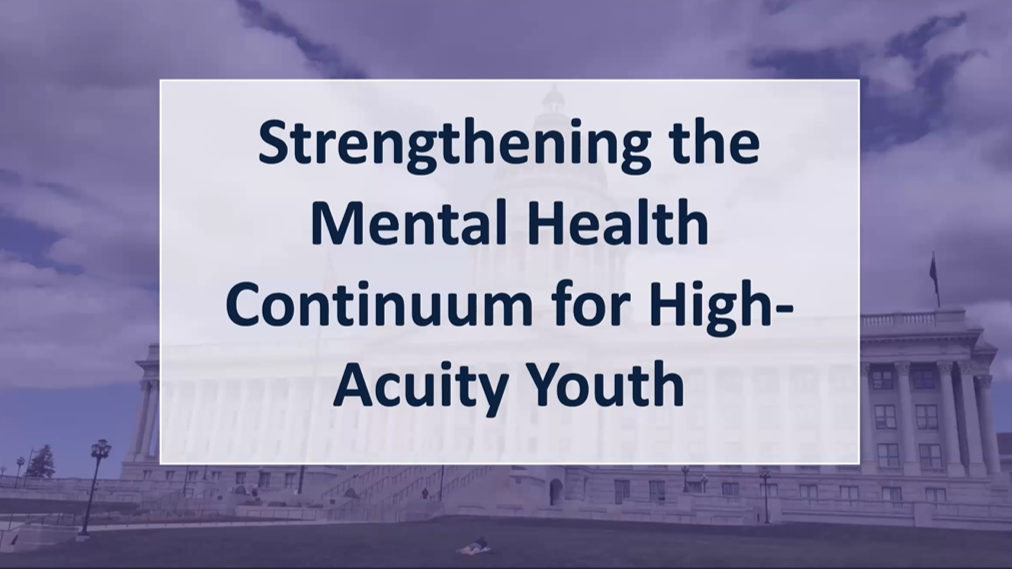President Obama proclaimed September 18-24, 2016, as Prescription Opioid and Heroin Epidemic Awareness Week. As part of the Administration’s efforts to combat the crisis, U.S. Attorney General Loretta Lynch issued a letter to all governors asking them to implement one of the most effective tools states have to respond to the opioid epidemic: prescription drug monitoring programs (PDMPS).
The letter below also highlights the National Governors Association’s recent road map for states, Finding Solutions to the Prescription Opioid and Heroin Crisis, which features a public health approach focused on preventing and treating opioid use disorder while strengthening law enforcement efforts to address illegal supply chain activity.
September 20, 2016
Dear Governor:
President Obama has designated September 18-23, 2016 as Prescription Opioid and Heroin Epidemic Awareness Week to bring attention to the urgent public health and public safety challenge facing States and Tribes throughout the nation. This week, I and other Justice Department officials, as well as U.S. Attorney’s Offices across the country, will participate in over 250 different events highlighting the Department’s strategy to combat the crisis. This strategy, part of the Administration’s comprehensive public health approach to reduce opioid misuse, addiction, and overdose is focused on three pillars: prevention, enforcement, and treatment (www.justice.gov/opioidawareness).Prescription opioid and heroin overdoses are exacting a significant toll on communities across our nation, and each and every day, our federal, State, local and tribal partners play a vital role in responding to this crisis. I thank you for all of the efforts you have made toward addressing the opioid epidemic within your State and region. I am especially grateful for the hard work and leadership of the National Governor’s Association (NGA), which recently released for states a road map for response on this issue.
Download ReportI am writing to highlight what is widely considered to be one of the most effective tools States have to respond to the opioid epidemic: prescription drug monitoring programs (PDMPs). PDMPs collect, monitor, and analyze electronically transmitted prescribing and dispensing data submitted by pharmacies and dispensing practitioners. PDMPs can assist prescribers, dispensers, and other healthcare professionals in making the best clinical decisions for their patients. They also have been shown to reduce adverse drug interactions, and to help health care professionals identify patients who may be in need of substance use treatment. Law enforcement and regulatory/licensing board officials utilize PDMP information, under appropriate circumstances, to further their investigations of suspected violations of controlled substance laws and compliance with regulatory/licensing board practice standards.
Although PDMPs show great promise, more can be done to maximize their benefits to patients and society. Below are a set of key PDMP best practices that align with the NGA’s 2016 road map for responding to the opioid and heroin crisis and the Administration’s broader public health efforts. I urge you to review and incorporate these PDMP best practices, if your State has not already done so:
- Require prescribers and dispensers of Schedule II, III and IV drugs to register with the POMP and check the POMP before prescribing or dispensing any Schedule II, III and IV drugs. In many States, PDMPs remain underutilized, limiting their impact and effectiveness on the prescription drug abuse epidemic. Thirty States have a mandatory enrollment requirement for prescribers and/or dispensers, but not all States actually require prescribers and/or dispensers to check the PDMP before issuing prescriptions. Requiring all prescribers with a DEA or State-controlled substance registration number and all State licensed pharmacists to register with the PDMP would strengthen the impact of these important programs. Integrating PDMP registration into the prescriber and pharmacist registration, licensing, and renewal process is an effective means of automating this process.
As of August 2016, 33 States have mandatory use requirements for prescribers and dispensers in certain circumstances. A common complaint from the healthcare provider community is that accessing PDMP information can be difficult and time-consuming. Across the country, many PDMPs are actively taking steps to integrate PDMP data with health information exchanges (HIEs) and electronic health record systems (EHRs) so prescribers can access a patient’s PDMP report within their normal clinical workflow. Allowing physicians and dispensers to appoint “delegates” or staff from their practice to access PDMP data on their behalf is also an effective means of achieving compliance with this requirement. Forty-eight States and Washington D.C. allow some form of delegate access.
- Proactively use POMP data for clinical, enforcement and education purposes. A majority of States have the legal authority to use their PDMP data to provide what is known as proactive unsolicited reports or alerts to prescribers, licensing/regulatory boards, or law enforcement-under appropriate circumstances-although not all States that have this authority engage in this best practice. Examples of unsolicited reports include notifying prescribers or dispensers of patients who have been identified as possible high-risk patients as well as notifying law enforcement and/or the licensing boards of prescribers or dispensers operating outside of accepted medical practice.
The use of prescriber “report cards” is another type of unsolicited report that is a promising practice. This type of educational report is generated by a PDMP and made available upon request to prescribers or proactively sent to prescribers. The report provides a summary of an individual healthcare provider’s prescribing history, including their ranking compared to the “average” prescriber of their same specialty, and a summary or graphical representation of the provider’s prescribing history. The report card may also include a condensed description of patient prescription records, risk status, and other clinically relevant information.
As part of the Department’s strategy to combat the heroin and opioid crisis, I have directed the Department’s Bureau of Justice Assistance (BJA) to promote the use of “report cards” and other reports to alert prescribers about potentially inappropriate prescribing and use practices and to encourage routine use of PDMPs. For more information on prescriber report cards, please visit www.pdmpassist.org .
- Establish multi-disciplinary action teams comprised of PDMP administrators, public health experts, substance use treatment providers, law enforcement and other key stakeholders to identify communities with elevated risk for overdose death and implement targeted strategies to lower that risk Effectively addressing the opioid crisis requires a comprehensive approach and a collaborative information-sharing environment that complies with privacy laws and regulations. BJA has supported the development of pilot projects across the nation that are leveraging key data sets (e.g. de-identified PDMP data, naloxone administrations, fatal and non-fatal overdose data, drug arrests, etc.) to create a holistic view of the environment, examine the impact of various policies and procedures on patient and community-level outcomes, and implement proven practices on a larger scale.
- Encourage PDMP interoperability between States. The success of a State’s PDMP program will be limited if residents can simply cross State lines to obtain prescriptions elsewhere. One of the most effective ways to combat this problem is by encouraging interoperability between PDMP programs, so that doctors and pharmacists who query a State registry can see whether a patient has obtained prescriptions in a neighboring State.
We all must do our part to successfully reduce opioid misuse, addiction, and overdose. I urge you to consider adopting these best practices in your State, if you have not already done so. And because PDMPs are so important to our shared mission, the Department of Justice stands ready to assist you. BJA’s Harold Rogers PDMP competitive grant program provides funding to States to implement PDMP best practices, and to address multi-disciplinary information-sharing projects related to opioid abuse (www.bja.gov). In addition, the PDMP Training and Technical Assistance Center (www.pdmpassist.org), which BJA funds, is available to assist with the training and technical assistance you may need.
Finally, the BJA National Training and Technical Assistance Center (BJA NTTAC) is available to provide or connect you with the expertise you may need to implement the best practices outlined above at no cost to your State. BJA NTTAC connects State, local, and tribal justice agencies with specialized national experts to address critical training or technical assistance needs. BJA NTTAC provides both onsite and virtual assistance on a wide variety of criminal justice issues, including assistance to address the opioid epidemic. Requests for training or technical assistance can be submitted online (www.bjatraining.org) and services provided can include providing assistance with program implementation, training, and offering peer-to-peer opportunities.
Thank you for your leadership on this vital issue. Working together, we will ensure we are doing all we can to effectively address this national health crisis.
Sincerely,
Loretta E. Lynch
Attorney General
News Coverage:
- Obama administration launches week-long blitz on heroin and opioid crisis – USA Today
- US attorneys focus on prescription opioid and heroin abuse – The News & Observer
- The Justice Department Enlists Help to Fight the Opioid Epidemic – Fortune
- Federal government looks at Kentucky to help end opioid crisis – WLKY
- Alabama, nation fight opioid epidemic – WVTM
- Rallying for recovery: Naloxone offers opportunity to fight Wisconsin’s opioid epidemic – The Badger Herald
- Governor’s council works to stem opioid abuse – The Post and Courier
NGA Resources:












